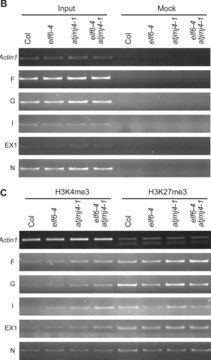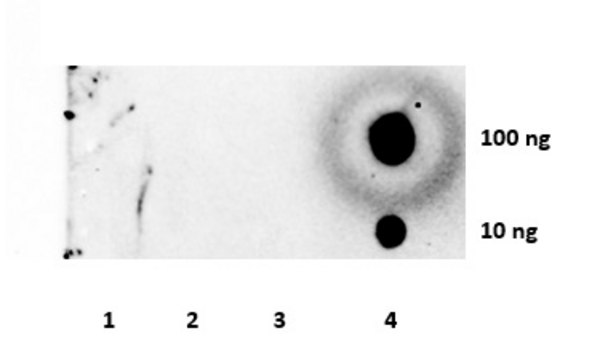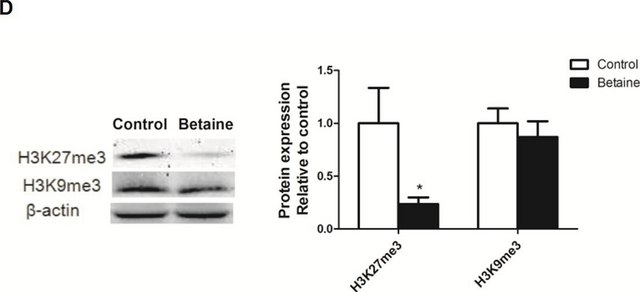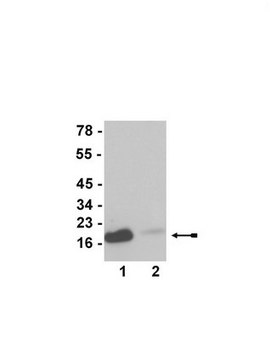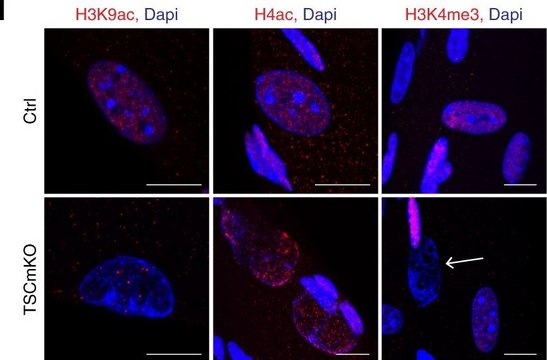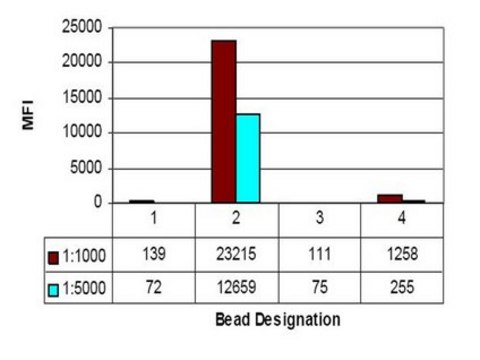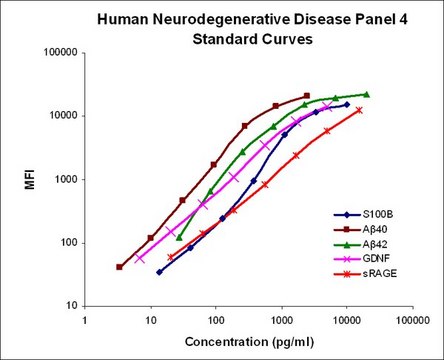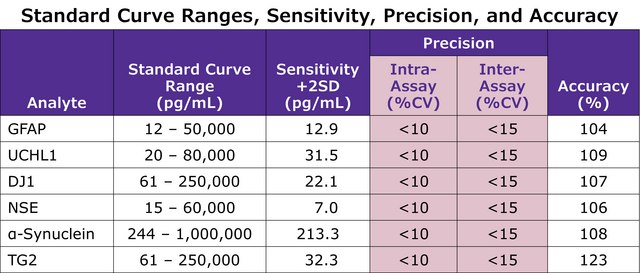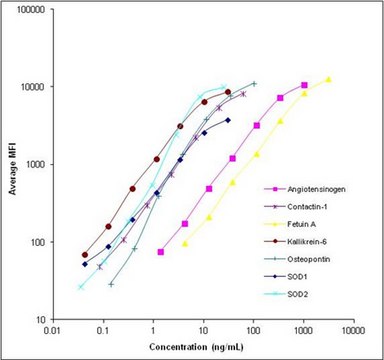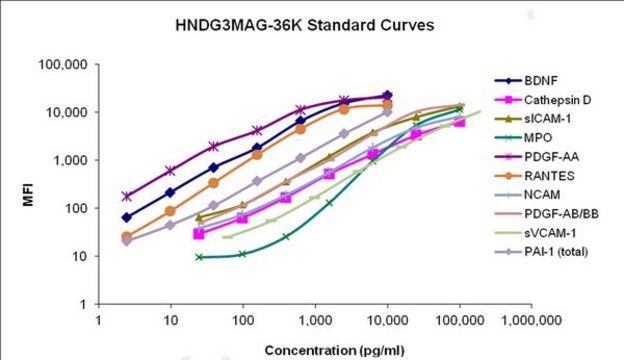ZRB04791
Anti-trimethyl-Histone H3 (Lys4) Antibody, clone MC315, ZooMAb® Rabbit Monoclonal

recombinant, expressed in HEK 293 cells
Synonym(s):
Histone H3, Histone H3Kme3, Trimethylated Histone H3
Select a Size
CN¥2,240.04
Select a Size
About This Item
CN¥2,240.04
Recommended Products
biological source
rabbit (recombinant)
Quality Level
recombinant
expressed in HEK 293 cells
conjugate
unconjugated
antibody form
purified antibody
antibody product type
primary antibodies
clone
MC315, recombinant monoclonal
monoclonal
product line
ZooMAb® learn more
form
lyophilized
mol wt
calculated mol wt 15.51 kDa
observed mol wt ~17 kDa
1 of 4
This Item | HNS1MAG95K | HND3MAG39K | HNDG3MAG36K |
|---|---|---|---|
| assay range accuracy: 84-108%, standard curve range: 21-15,000 pg/mL | assay range accuracy: 107% | assay range accuracy: 69-92% | assay range accuracy: 108% |
| manufacturer/tradename Milliplex® | manufacturer/tradename Milliplex® | manufacturer/tradename Milliplex® | manufacturer/tradename Milliplex® |
| Quality Level 200 | Quality Level 200 | Quality Level 200 | Quality Level 200 |
| technique(s) multiplexing: suitable | technique(s) multiplexing: suitable | technique(s) multiplexing: suitable | technique(s) multiplexing: suitable |
| detection method fluorometric (Luminex xMAP) | detection method fluorometric (Luminex xMAP) | detection method fluorometric (Luminex xMAP) | detection method fluorometric (Luminex xMAP) |
General description
Each ZooMAb antibody is manufactured using our proprietary recombinant expression system, purified to homogeneity, and precisely dispensed to produce robust and highly reproducible lot-to-lot consistency. Only top-performing clones are released for use by researchers. Each antibody is validated for high specificity and affinity across multiple applications, including its most commonly used application. ZooMAb antibodies are reliably available and ready to ship when you need them.
Learn more about ZooMAb here.
Specificity
Immunogen
Application
Immunocytochemistry Analysis: A 1:100 dilution from a representative lot detected trimethyl-Histone H3 (Lys4) in A431, HeLa, HUVEC, and NIH 3T3 cells.
Peptide Inhibition Analysis: A 1:250 dilution from a representative lot was used with HeLa acid extract for peptide block analysis.
Target description
Physical form
Reconstitution
Storage and Stability
Legal Information
Disclaimer
Not finding the right product?
Try our Product Selector Tool.
Storage Class Code
11 - Combustible Solids
WGK
WGK 2
Regulatory Information
Choose from one of the most recent versions:
Certificates of Analysis (COA)
Don't see the Right Version?
If you require a particular version, you can look up a specific certificate by the Lot or Batch number.
Already Own This Product?
Find documentation for the products that you have recently purchased in the Document Library.
Our team of scientists has experience in all areas of research including Life Science, Material Science, Chemical Synthesis, Chromatography, Analytical and many others.
Contact Technical Service

